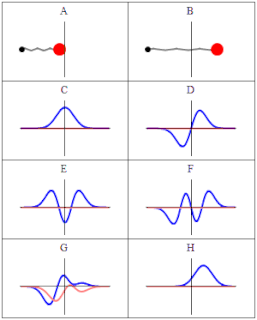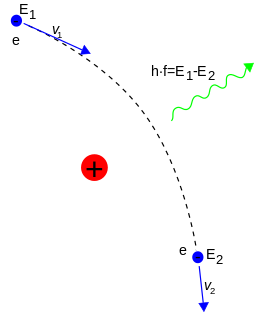Thermodynamics
For a lattice, the Helmholtz free energy F in the quasi-harmonic approximation is

where Elat is the static internal lattice energy, Uvib is the internal vibrational energy of the lattice, or the energy of the phonon system, T is the absolute temperature, V is the volume and S is the entropy due to the vibrational degrees of freedom. The vibrational energy equals

where N is the number of terms in the sum,  is introduced as the characteristic temperature for a phonon with wave vector k in the i-th band at volume V and
is introduced as the characteristic temperature for a phonon with wave vector k in the i-th band at volume V and  is shorthand for the number of (k,i)-phonons at temperature T and volume V. As is conventional,
is shorthand for the number of (k,i)-phonons at temperature T and volume V. As is conventional,  is the reduced Planck constant and kB is the Boltzmann constant. The first term in Uvib is the zero-point energy of the phonon system and contributes to the thermal expansion as a zero-point thermal pressure.
is the reduced Planck constant and kB is the Boltzmann constant. The first term in Uvib is the zero-point energy of the phonon system and contributes to the thermal expansion as a zero-point thermal pressure.
The Helmholtz free energy F is given by

and the entropy term equals
 ,
,
from which F = U - TS is easily verified.
The frequency ω as a function of k is the dispersion relation. Note that for a constant value of V, these equations corresponds to that of the harmonic approximation.
By applying a Legendre transformation, it is possible to obtain the Gibbs free energy G of the system as a function of temperature and pressure.

Where P is the pressure. The minimal value for G is found at the equilibrium volume for a given T and P.














